The ESAC Science Data Centre
Presenting, promoting and preserving
reliable space data from ESA missions
The ESAC Science Data
Centre (ESDC), located at the European Space Astronomy
Centre (ESAC) near Madrid (Spain), provides services and tools
to access and retrieve observations and data from ESA's space
science missions (Astronomy, Planetary Sciences and
Heliophysics), in coordination with the science operation
centres, the instrument teams and the consortia from the
various missions.
At the ESDC, software engineers and scientists work hand in
hand to provide easy and intuitive access to space data from
all ESA missions. The team is an active member of the International Virtual Observatory
Alliance (IVOA) and the International Planetary
Data Alliance (IPDA).
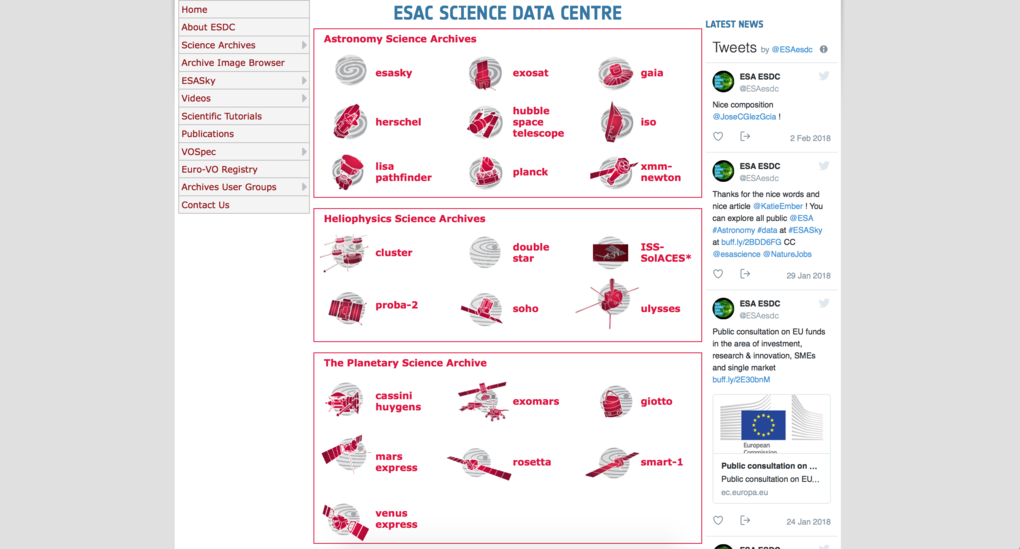 Image: ESA/ESDC
Image: ESA/ESDC
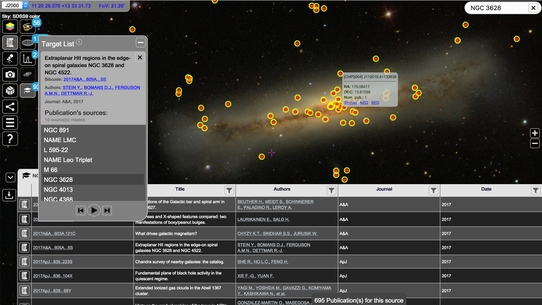
Version 2.1 provides
information on existing publications for the sources in
the visualised sky region, and improved responsiveness
for mobile devices.
Full story
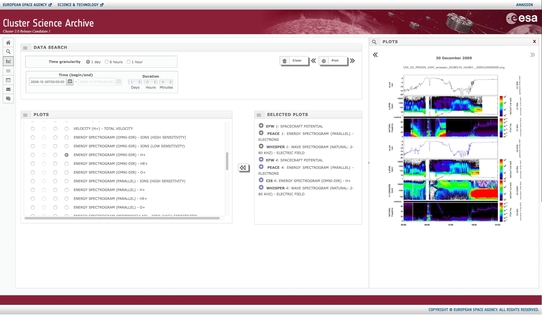
Space weather data, now on your browser!
The first Release Candidate provides some key
functionalities from the official CSA Java version,
including data download and quick parameter
visualisation.
Full story

Science-ready data from all ESA missions
exploring the Solar System, in just a few clicks.
Full story
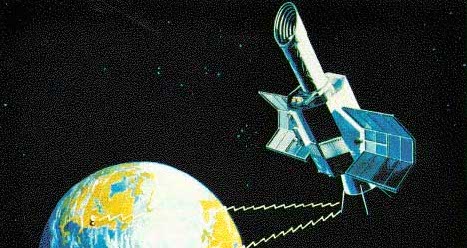
We recently celebrated the 40 years since
the International Ultraviolet Explorer (IUE) was
launched.
Full story
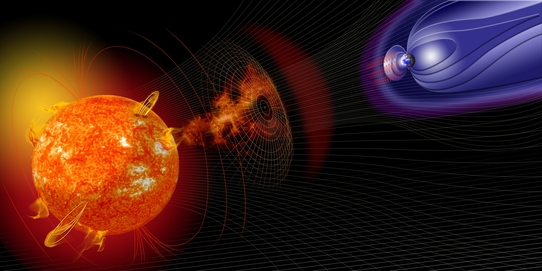
The first meeting of a User Group
dedicated to the Heliophysics archives took place at
ESAC on 16-17 January 2018.
Full story
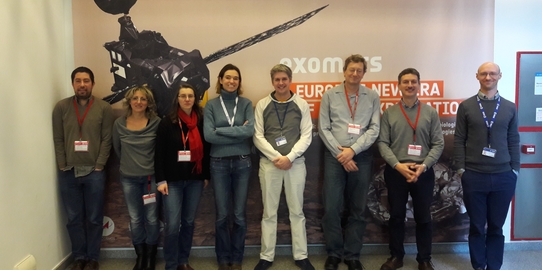
The third meeting of the PSA User Group
for the period 2016-2020 was held at ESAC on 11-12
January 2018.
Full story
ESASky, your gate to all space
Astronomy data... and publications!
By B. López Martí & D. Baines
 ESASky
is a discovery portal to all data from ESA's space astronomy
archives, plus a number of datasets from other partners. Its advanced visualisation
capabilities enable easy exploration and selection of the
data even for non-expert users. The application allows users
to explore and retrieve science-ready imaging, catalogue and
spectroscopic data from all ESA missions, and some non-ESA
missions (Chandra, SUZAKU). It also provides a tool to help
users in the preparation of JWST observations. Another
exciting feature is the possibility to search for data of
Solar System Objects: Just enter the name of your object,
and the application will open a treemap showing the number
of observations available in the archives that match in
space and time the location of that object. By clicking on
one of the coloured boxes in the treemap, a table opens with
information on the available data, and the observational
footprints are displayed along the orbit of the object over
the whole sky. The search is not limited to observations
that explicitly targeted that object, thus allowing the
discovery of serendipitious observations.
ESASky
is a discovery portal to all data from ESA's space astronomy
archives, plus a number of datasets from other partners. Its advanced visualisation
capabilities enable easy exploration and selection of the
data even for non-expert users. The application allows users
to explore and retrieve science-ready imaging, catalogue and
spectroscopic data from all ESA missions, and some non-ESA
missions (Chandra, SUZAKU). It also provides a tool to help
users in the preparation of JWST observations. Another
exciting feature is the possibility to search for data of
Solar System Objects: Just enter the name of your object,
and the application will open a treemap showing the number
of observations available in the archives that match in
space and time the location of that object. By clicking on
one of the coloured boxes in the treemap, a table opens with
information on the available data, and the observational
footprints are displayed along the orbit of the object over
the whole sky. The search is not limited to observations
that explicitly targeted that object, thus allowing the
discovery of serendipitious observations.
In addition, the latest version of ESASky
(v2.1), released on February 14, now offers access to
scientific publications. By clicking on the corresponding
button, the tool shows all sources with publications in a
given field-of-view; clicking on each source loads the
publications for that object recorded in the SIMBAD database,
including a link to the paper in ADS, and a button to load the
sources of each individual paper to ESASky for further
analysis. This version also improves the responsiveness of the
application, in order to enhance the user experience with
mobile devices.
Image: ESA/ESDC
New Cluster web archive interface
By A. Masson, B. Martínez, H. Pérez
& H. Middleton

Cluster
is a constellation of four spacecraft orbiting Earth and
providing information, for the first time in 3D, on how the
solar wind affects our planet. Until very recently, access to
the Cluster data products was only possible through a Java
interface that needed to be installed locally in the user's
computer, or via the command line.
Since November 2017, it is now possible to query the Cluster Science
Archive (CSA) with a Release Candidate of a web-based
interface. The available version (2.0.rc1) provides some key
functionalities of the operational Java version: data
download, metadata visualisation and quick browsing of various
key physical parameters (e.g. DC magnetic field, electron and
ion density, electric field wave spectrograms, etc.). The
visualisation of these parameters is made possible by the
systematic pre-generation of rectangular panels displaying
these key products. Of 1h, 6h or 24h long duration, users can
stack these panels at their convenience. More than 140 million
of these pre-generated panels are stored in the CSA, amounting
to more than 22 TB; they are generated at the ESDC.
The remaining data services (e.g. on-demand duration plotting
and quicklook plots, distribution function visualisation or
inventory plots) will be incrementally implemented through
successive release candidates. The next release is scheduled
for Spring 2018.
Image: ESA/ESDC
The Planetary Science Archive, a
single portal to all ESA planetary data
By S. Besse & B. López Martí
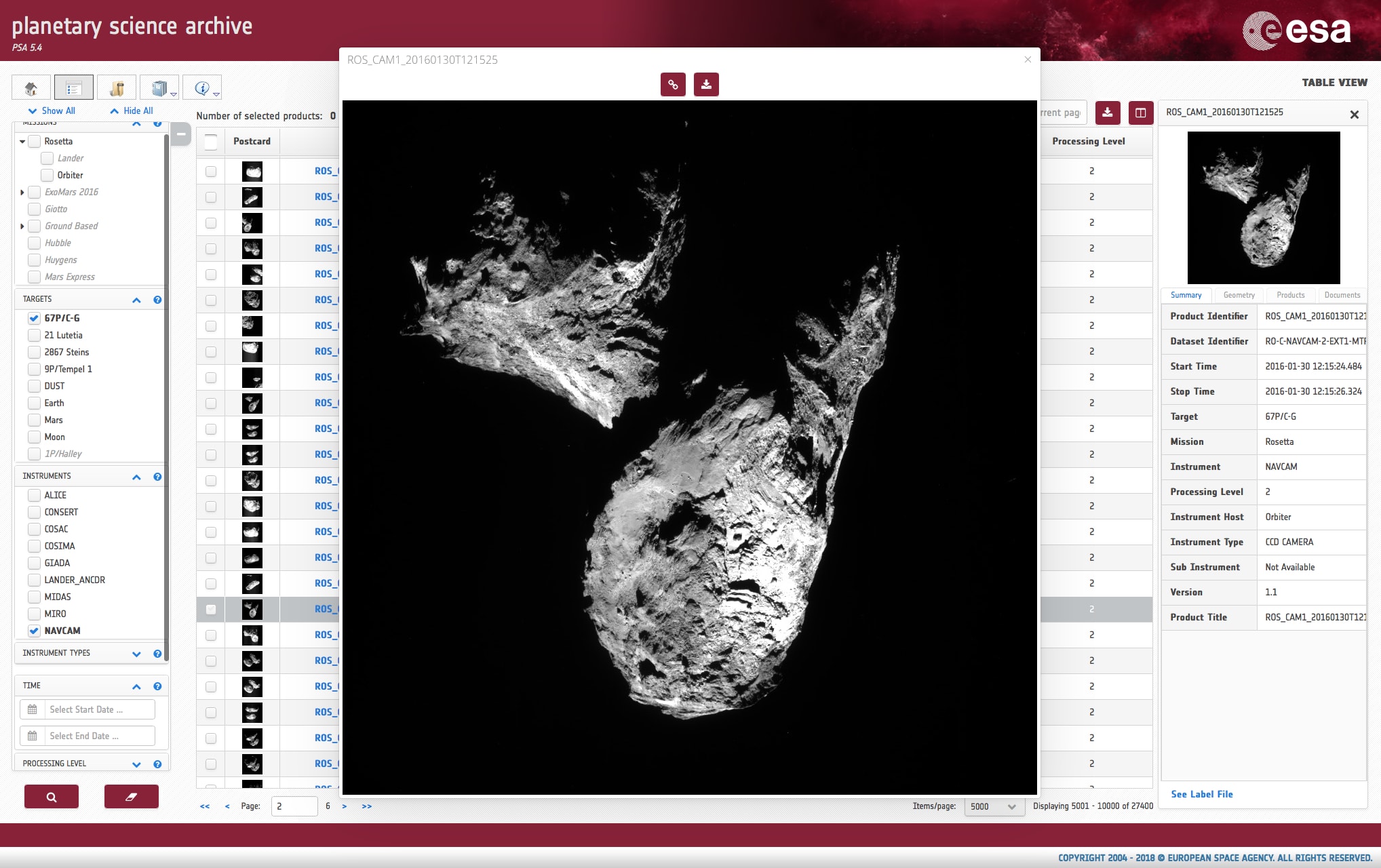
The Planetary Science
Archive (PSA) provides direct and simple access to data
from all ESA missions that have explored the planets, moons
and minor bodies in our Solar System. It contains
science-ready data that have been validated by the mission
teams and by independent experts from the community, and that
are compliant with the Planetary Data System standards.
The last major version (5.0), released January 2017, featured
a completely new interface and more dynamic query
capabilities. Since then, a number of minor releases have kept
improving the user experience. Current version (5.4) was
released on February 7, 2018.
In particular, filtering capabilites have been improved. As
before, users can search by a number of criteria such as
mission, instrument, or target; but now, when one or several
options are selected, the rest of the menus indicate the
options available that match with the selected criteria. For
example, if we are interested in data about Phobos, the tool
will indicate that the missions providing those data are Mars
Express and Rosetta (only the orbiter); the rest of the
mission names will be shown in italics. And similarly, with
the rest of the menus. This helps users identify those
missions and instruments that actually contain data that may
be of their interest, speeding up the search process, and at
the same time, helping the user discover the content of the
archive. By default, the last product version of the data is
provided, but users can choose to browse all versions if they
wish to.
Image: ESA/ESDC
IUE data, still available to
astronomers four decades later!
By B. López Martí & P.
Kretschmar
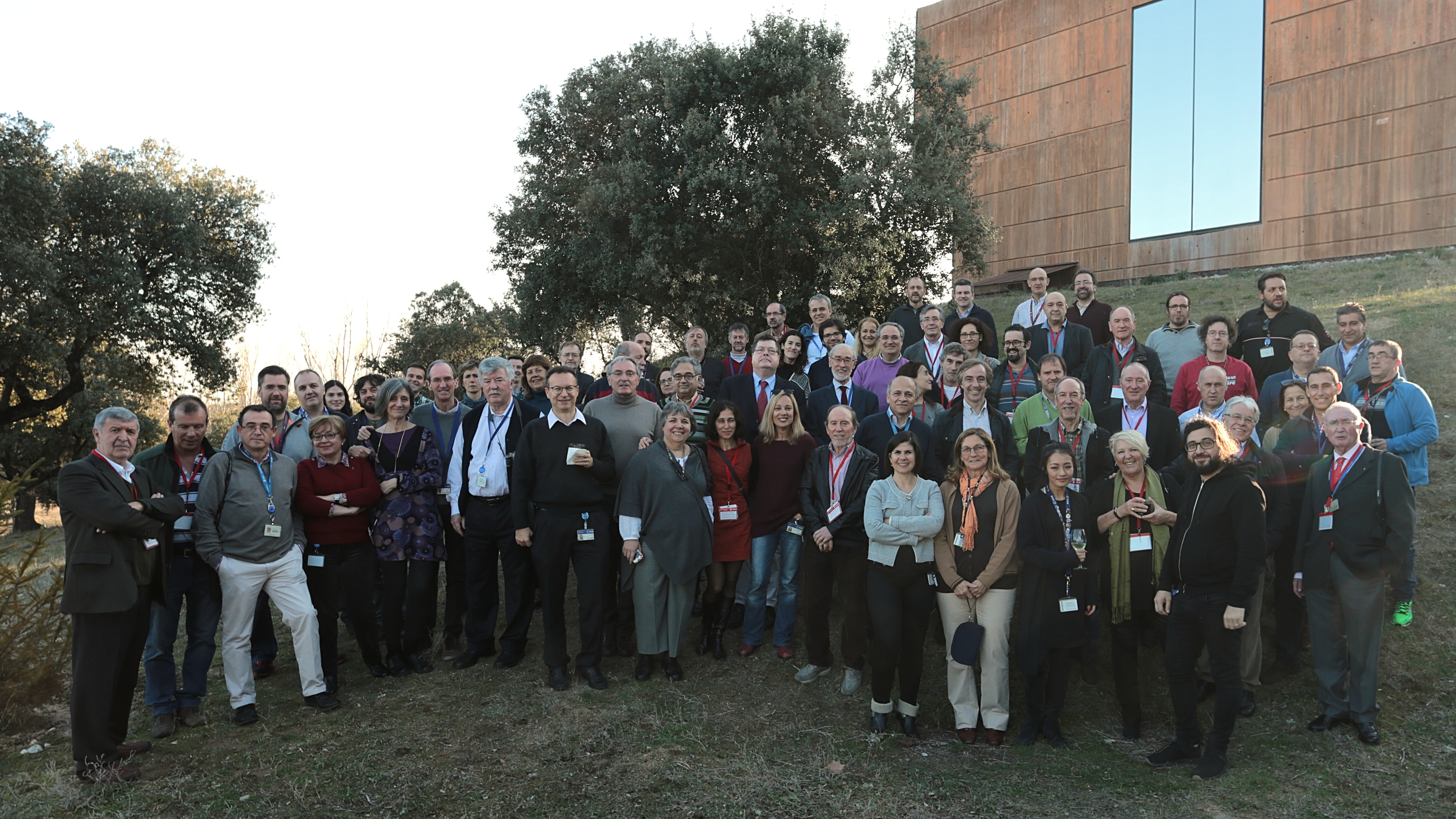
The International
Ultraviolet Explorer (IUE) was launched on the 26th of
January 1978, and operated until 1996, making it one of the
longest-lived astronomical satellites. Forty years later, on
the 29th of January 2018, ESAC astronomers and engineers (in
the picture) gathered to remember and celebrate what was not
only one of the most successful astronomical missions ever,
but also paved the way for many missions to come.
At the ESDC, we take the opportunity of this jubilee to remind
our users that the IUE spectral data are now available for the
community through ESASky.
Users can now visualise the IUE spectroscopic footprints in
their chosen sky, inspect the spectra with the corresponding
postcards, and download their selected science-ready data
directly from the IUE archive (INES),
hosted by our neighbour, the Centro de Astrobiología (CAB).
Image: P. Kretschmar
First meeting of the Heliophysics
User Group
By A. Masson & G. de Marchi

On 16-17 January 2018, the Heliophysics
Archives User Group (HAUS) met at ESAC. This was the first
meeting of a user group dedicated to the Heliophysics
archives. Appointed for two years, the members of the HAUS act
as ambassadors and relate to ESA the opinion of the community
on how the Heliophysics archives and related tools are being
used. The group is composed of six external experts in the
following scientific areas: helioseismology, solar atmosphere
physics, solar and interplanetary transients, heliophysics
particles and fields.
With the help of the HAUS, we first and foremost intend to get
feedback on what should be improved in the ESDC Solar and
Heliophysics individual archives. But there is more. Member of
the HAUS are invited to step back and, through their
comprehensive view, help us build an overarching ESDC Solar
and Heliophysics data archive. Topics include: data
visualisation, content search, orbit visualisation, impact of
solar transients in the heliosphere (a potential link to the
PSA), and a common interface.
Note that tools to visualise or search archive data have been,
and are being, developed for individual missions at ESA, some
are developed outside ESA though supported by ESA, and others
are supported by EU projects or national space agencies. By
putting together key players from the community, we will make
sure that we work in concert.
Image: NASA
Third meeting of the PSA User Group
By S. Besse & B. López Martí

The third meeting of the PSA User Group for
the period 2016/2020 was held at ESAC on 11-12 January 2018.
Group members reviewed the archive usage statistics and the
status of development of the archives from upcoming missions.
They also discussed new possible use cases and data products
to be implemented in the PSA.
The minutes from the meeting are available in the PSA-UG
webpage. The page also provides general information on the
User Group, including contact information.
Image: ESA/ESDC

 Image: ESA/ESDC
Image: ESA/ESDC









